Principle
Due to internal friction among their particles, liquids and gases have different viscosities. The viscosity, a function of the substance’s structure and its temperature, can be experimentally determined, for example, by measuring the rate of fall of a ball in a tube filled with the liquid to be investigated.
Benefits
- Viscosity measurement for two fluids and any mix ratio
- Viscosity measurement for different temperatures possible
- Angle of falling ball viscometer can be changed
- Interdisciplinary use also in applied sciences or physical chemistry
Tasks
Measure the viscosity
- of methanol-water mixtures of various composition at a constant temperature,
- of water as a function of temperature and
- of methanol as a function of temperature.
From the temperature dependence of the viscosity, calculate the energy barriers for the displace ability of water and methanol.
Learning objectives
- Liquid
- Newtonian liquid
- Stokes law
- Fluidity
- Dynamic and kinematic viscosity
- Viscosity measurements

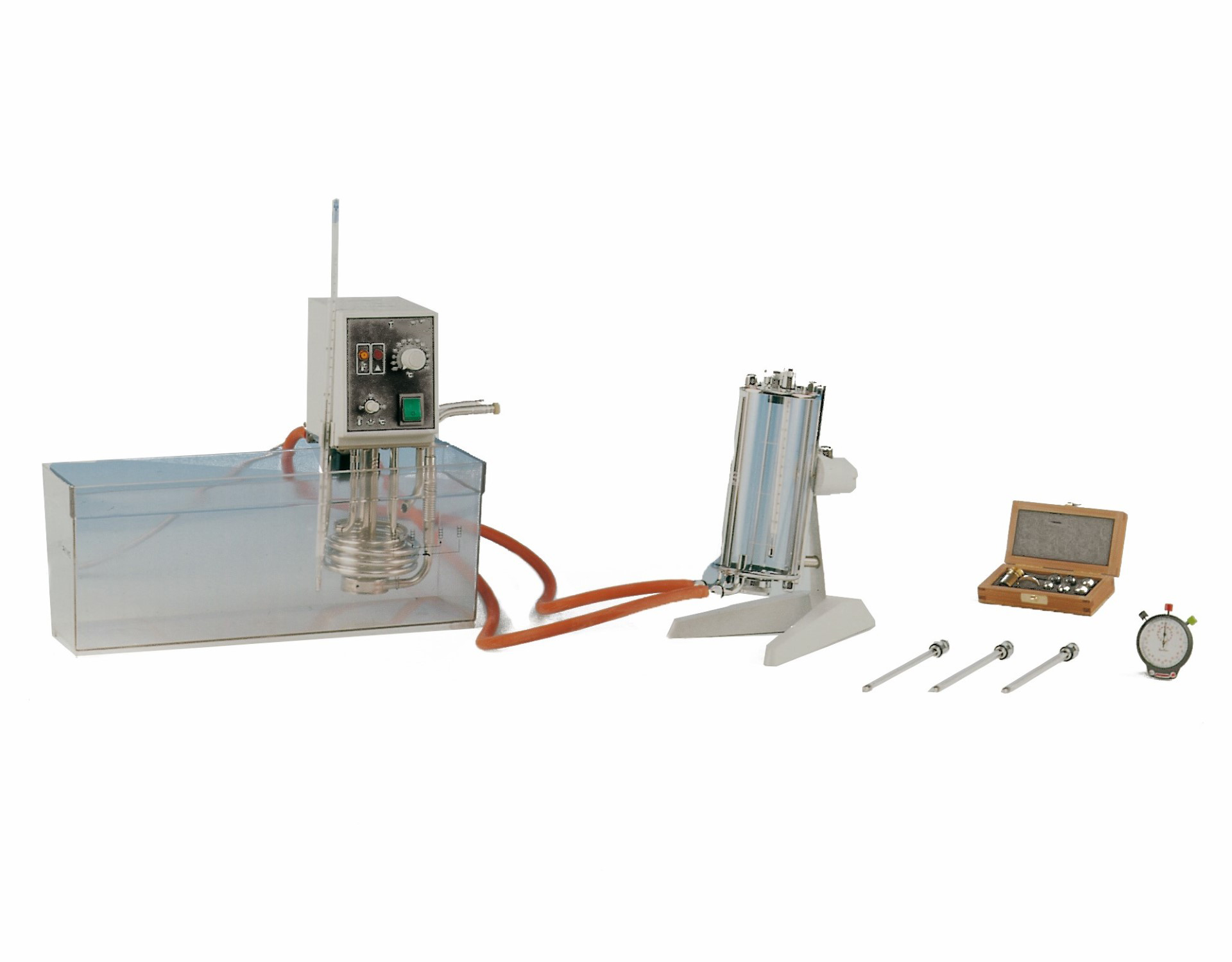
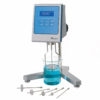
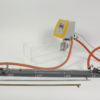
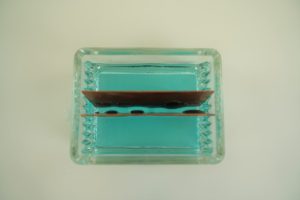
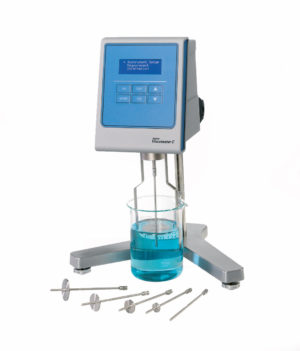
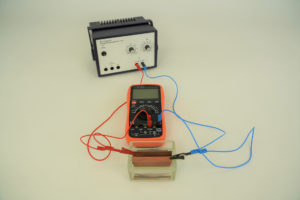
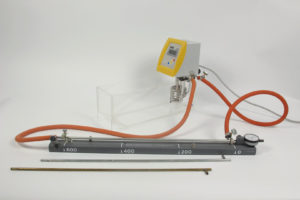
Reviews
There are no reviews yet.